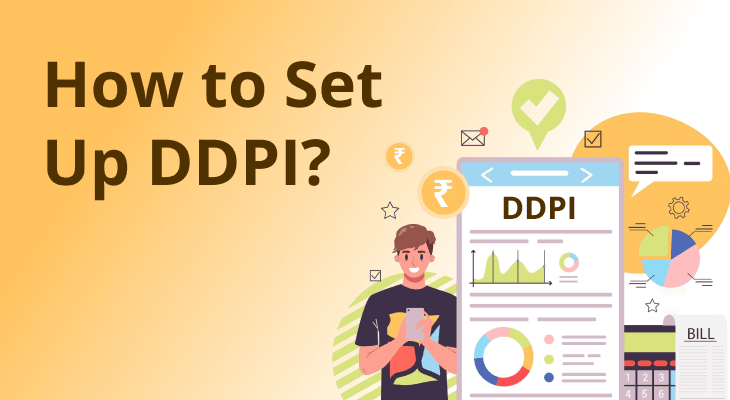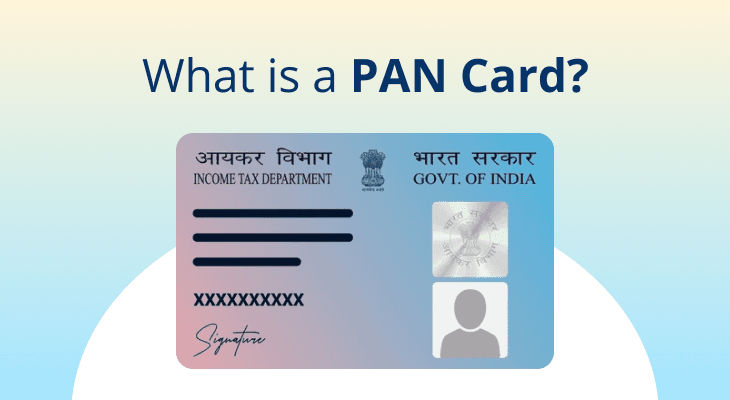
How to Set Up DDPI - Demat Debit and Pledge Instruction?
In an age where digital convenience must go hand-in-hand with investor safety, the capital markets regulator SEBI has taken a key step to reduce misuse and bring precision to broker-client relationships by introducing Demat Debit and Pledge Instruction (DDPI). If you’re an investor navigating the equity or derivatives market, understanding DDPI is imperative.
Let’s walk through what DDPI means, why it’s important, how to activate DDPI, and what it means for your trading journey.
Meaning of DDPI
DDPI stands for Demat Debit and Pledge Instruction. It is a limited-purpose digital authorisation. It allows brokers to debit securities from your demat account only for specific transactions that you authorise, namely, when you sell shares or when your securities need to be pledged as collateral for margin requirements.
Before DDPI came into existence, brokers typically operated using a Power of Attorney (PoA). This PoA gave them sweeping rights, allowing them to transfer shares, request fund withdrawals, and sometimes even move securities without active client intervention. The system worked—but it wasn’t without risks.
With multiple cases of misuse of PoAs coming to light, SEBI phased out this practice and introduced DDPI in its place. Compared to the PoA model, the demat debit and pledge instruction process is narrow in scope, more transparent, and better aligned with investor protection principles.
Additional Read: Demat Account Changes Under New SEBI Rules | m.Stock
Under DDPI, brokers can only:
- Debit securities from your demat account when you place a sell order.
- Pledge securities on your behalf for margin needs, and unpledge them when the position is closed or squared off.
DDPI is not mandatory, but it is highly recommended for smoother, more secure transactions for those who regularly trade or pledge securities.
Process to Activate DDPI Online
Online DDPI setup is simple and mostly paperless. Today, the majority of brokers offer their clients a digital onboarding procedure to activate DDPI. Although the steps and interface may differ slightly from broker to broker, the general order of the process is as follows:
1. Log In to Your Demat Account
Start by logging in to your demat or trading account through the broker’s mobile app or web platform.
2. Navigate to the DDPI Section
Look for the section related to DDPI on your dashboard or settings menu. It might be labelled “Demat Debit & Pledge Instruction,” “e-DDPI,” or under “account preferences.”
3. Read and Accept the Terms
This is an important step. Brokers will clearly present the scope of authorisation. You should review these terms to understand exactly what permissions you are giving.
4. Submit Aadhaar-based e-Sign
Most brokers integrate Aadhaar-based verification to complete this process. Enter your Aadhaar number, and authenticate the e-sign using the OTP sent to your Aadhaar-linked mobile number.
5. Receive Confirmation
Once the digital signature is verified, your request to activate DDPI is submitted. Processing typically takes 1–3 business days. Upon successful activation, you'll receive an email or SMS confirmation.
For example, on some platforms, you can visit the “DDPI Activation” section, complete Aadhaar eSign, and track status updates in your account dashboard.
Some brokers also offer offline options, where you print, sign, and send a physical DDPI form. However, online activation remains the quicker and more efficient route.
Why Should You Use DDPI?
Even though DDPI is optional, its practical benefits for active traders and investors are too significant to ignore. Here’s why you should consider activating it:
1. Simplified Transaction Process
Without DDPI, every sell transaction from your demat account requires a separate CDSL TPIN and OTP. While this system works, it slows things down, especially when you're looking to make timely trades. With DDPI in place, your broker can debit shares instantly once your sell order is placed—no extra steps, no waiting.
2. Secure Pledging of Securities
Securities are frequently temporarily pledged to engage in intraday trading or derivatives margin trading. Your trading experience will be streamlined with DDPI since the broker can handle this on your behalf without requiring multiple permissions. To ensure complete transparency, all pledging actions are still tracked and controlled by CDSL/NSDL protocols.
3. Better Protection Than PoA
DDPI limits unbarred access of brokers, in contrast to a PoA, which frequently granted them undue control. The DDPI guarantees that a broker can only sell or pledge your shares with your due permission. Exchange of money, classified information, or any other suspicious activity is flagged of and prohibited as a result.
4. Reduced Administrative Friction
OTP fatigue is a common complaint among active traders, particularly when handling numerous transactions. By lowering this friction, DDPI makes trading easier and more intuitive. This eventually reduces the likelihood of unsuccessful transactions brought on by forgotten OTPs or expired links.
5. SEBI-Compliant and Transparent
To improve investor safety, the capital market regulator SEBI conducted extensive consultations before introducing the demat debit and pledge instruction model. By using it, you can ensure that your trading setup is compliant with all current regulations and in sync with the best practices for demat operations.
6. Reversible and Account-Specific
Should you ever wish to revoke your DDPI, the process is equally straightforward. You can submit a revocation request, and the permissions will be withdrawn. Moreover, the instruction applies to one broker-demat account relationship. If you use multiple brokers, you can choose where and with whom to activate DDPI.
The Demat Debit and Pledge Instruction (DDPI) is a regulatory evolution that centres on investor safety and transaction convenience in trading activity. By narrowing broker access and replacing the outdated PoA mechanism, DDPI strikes a practical balance between security, limitation, and efficiency.
Enabling DDPI can improve your control over the operations of your demat account without slowing you down, regardless of your level of activity as a trader or an investor. The advantages are obvious, ranging from smooth pledging to quicker trade execution.
If you haven't activated DDPI yet, it might be time to visit your broker's platform, review the terms, and finish the easy Aadhaar eSign process. This is a step towards safer investing and more seamless transactions because control and clarity are crucial in today's fast-paced market.


